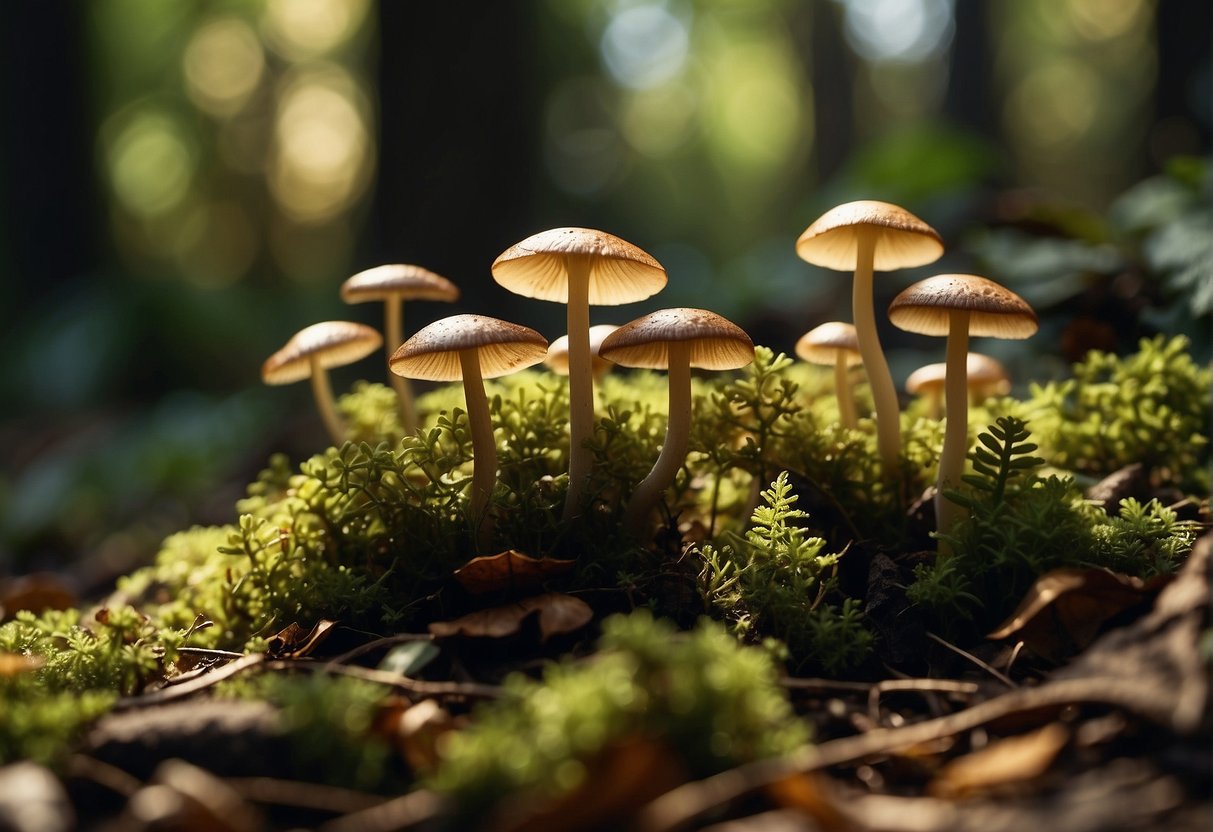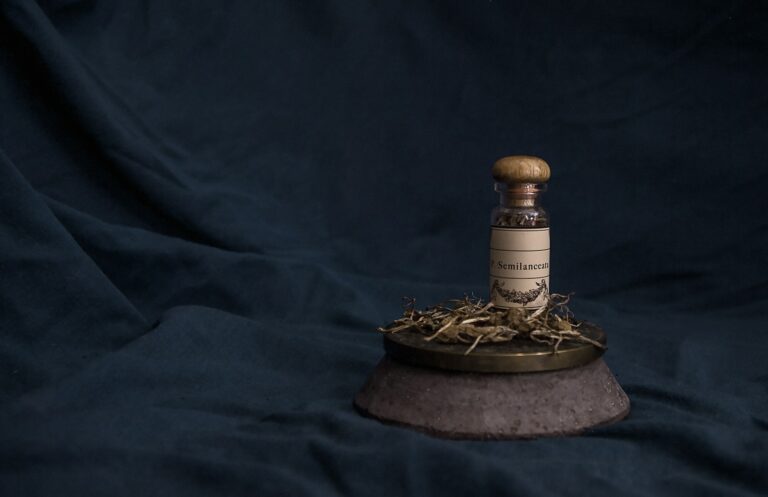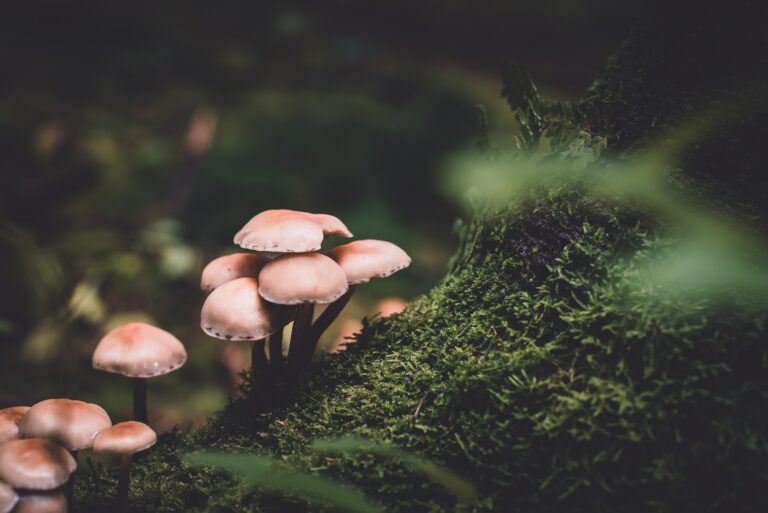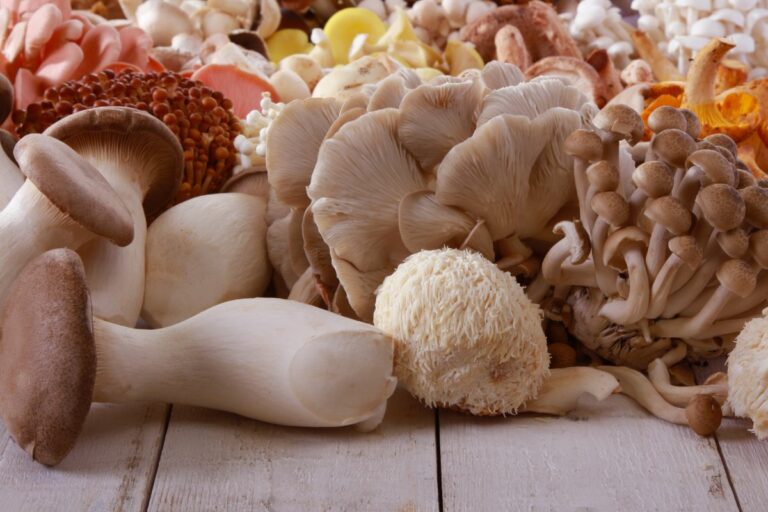Psilocybe cubensis, commonly known as magic mushrooms, offers a wide array of strains, each with its own unique properties and effects. As you explore the world of psychedelics, you’ll discover that these strains vary significantly in terms of potency, growing conditions, and visual characteristics. Whether you’re a mycologist, a psychonaut, or simply curious about the natural diversity within this species, understanding the differences between strains can enrich your knowledge and inform your experiences.
The genetic variety within Psilocybe cubensis leads to varied levels of psilocybin and psilocin, the primary psychoactive compounds found in these mushrooms. Some strains, like the Thai Cubensis, are known for lower psilocybin content, while others boast higher concentrations, offering stronger effects. As you delve into the cultivation or consumption of these mushrooms, recognizing the potency and growth patterns of different strains becomes essential to achieving the desired outcomes.
With each strain presenting a unique set of characteristics and challenges, it’s crucial to conduct thorough research before engaging with Psilocybe cubensis. Whether you’re interested in the study of their resistance to certain fungicides or the impact of host matrices on their morphology, your explorations are a valuable contribution to the ongoing research and understanding of these fascinating organisms.
History and Origin
Table of Contents
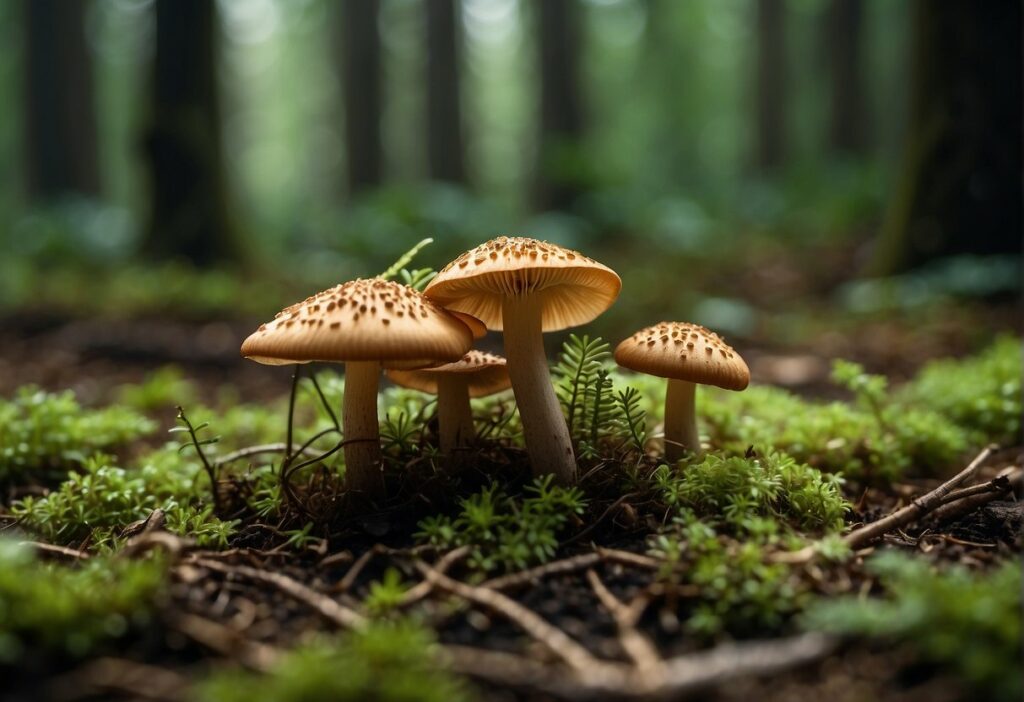
When you explore the origins of Psilocybe cubensis, you’re delving into a rich history tied to both Mexico and Central America. Often referred to as “magic mushrooms,” this species is renowned for its psychoactive properties. They have been a part of indigenous rituals and traditional healing for centuries.
Cubensis strains have captivated mycologists and enthusiasts alike due to their diverse and potent effects. The name “cubensis” indicates the species was first identified in Cuba, but its presence spans across warm, humid climates. This includes regions like India, where natural conditions are conducive to their growth.
Here’s a succinct timeline to help you grasp their historical journey:
- Early Records: Usage of psychoactive mushrooms in Mexican ceremonies was documented during the arrival of Spanish settlers.
- Taxonomic Classification: The species was officially classified in the early 20th century.
- Global Distribution: In the 1970s, widespread cultivation began, and P. cubensis became a poster child for “magic mushrooms.”
| Region | Significance |
| Mexico | Ancient ceremonial use; initial identification |
| Central America | Natural habitat; indigenous cultural practices |
| India | Natural proliferation due to climate conditions |
You will find that cubensis strains vary, each with unique characteristics. It’s crucial to understand that the specific genetics of each strain can influence their potency and effects. Knowledge of the background and origins of these strains is essential for both responsible use and cultivation.
Understanding Psilocybe Cubensis
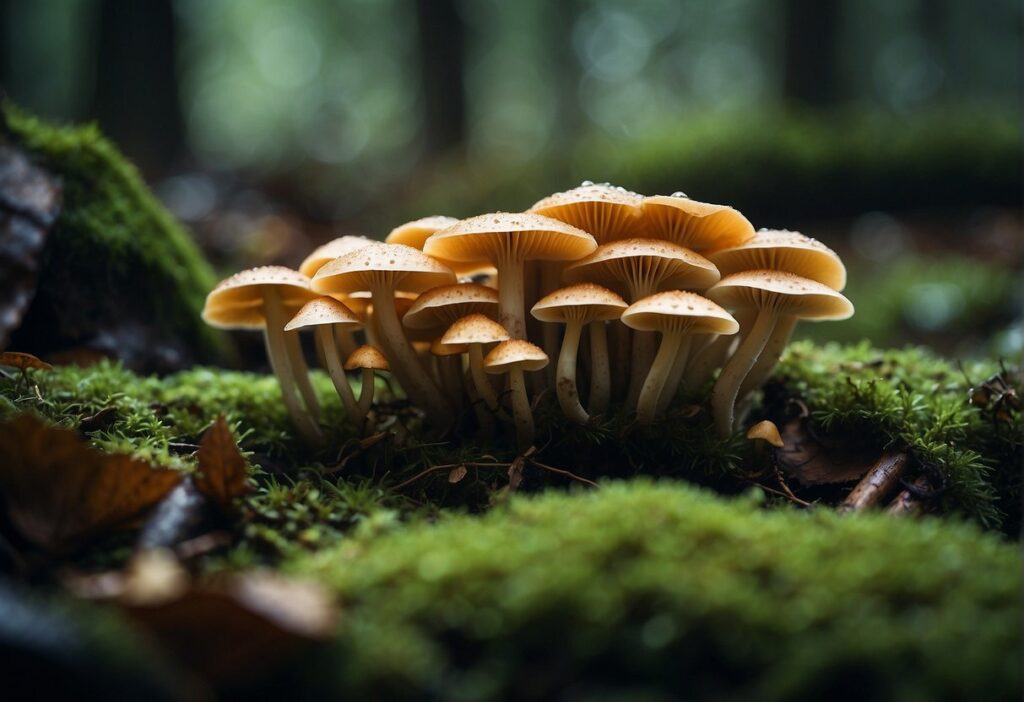
When you explore the world of Psilocybe cubensis, you’re delving into a species known for its psychoactive properties. This mushroom varieties’ inhabitation of warm, humid grasslands across the globe has invited both scientific and mystic interests.
Species Classification
Psilocybe cubensis belongs to the genus Psilocybe, a group characterized by psychoactive mushrooms. As a species, it’s distinguished by its ability to produce psilocybin, psilocin, and baeocystin—compounds known for their psychedelic effects. This mushroom falls within the Hymenogastraceae family, and recognizing its distinct phenotype is crucial in identifying the species accurately in the wild.
Physical Characteristics
The physical attributes of Psilocybe cubensis are pivotal for proper identification. You’ll observe a large, fleshy cap, which ranges from 2 to 8 centimeters in diameter. It typically presents a light to golden brown color when mature, with a pronounced umbo—a nipple-like structure—at its center. Below the cap, you’ll find the gills, where spore production occurs. These start out closely packed and slightly lighter in color when young, darkening as the mushroom matures. The strain of P. cubensis can influence the physical characteristics, resulting in variations across different mushrooms.
Psychoactive Compounds
P. cubensis is sought after for its psychoactive chemicals: primarily psilocybin, along with its converted form, psilocin, and to a lesser extent, baeocystin. Psilocybin and psilocin content varies among strains, influencing their potency and psychoactive effects. When ingested, psilocybin is transformed in the body to psilocin, the active compound that interacts with serotonin receptors in the brain, leading to the mushroom’s famous effects. Regular and reliable methods, such as liquid chromatography–tandem mass spectrometry, are utilized to determine the content of these compounds in P. cubensis.
Popular Strains and Their Properties
In your exploration of Psilocybe cubensis strains, you’ll discover that each has unique characteristics like potency and size. Here’s an insight into some of the most sought-after varieties and what sets them apart.
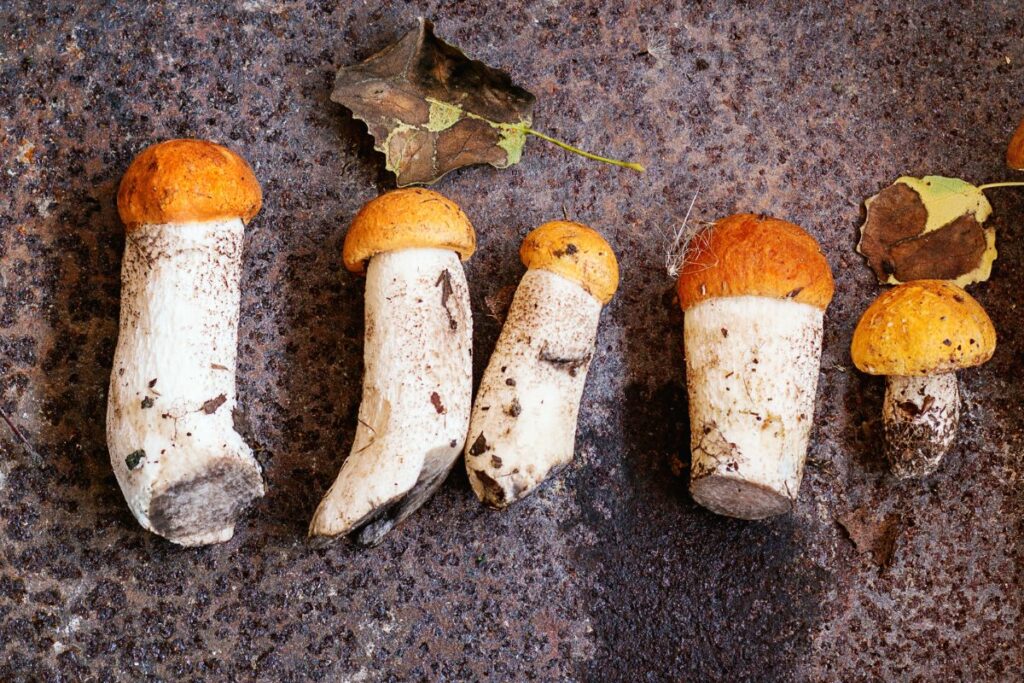
Penis Envy
The Penis Envy strain is renowned for its high potency. It tends to produce a significant amount of psilocybin and psilocin, making it one of the strongest cube strains available. Its size is typically larger than other strains, and it is characterized by a thick, dense, and bulbous stem, with a somewhat underdeveloped cap.
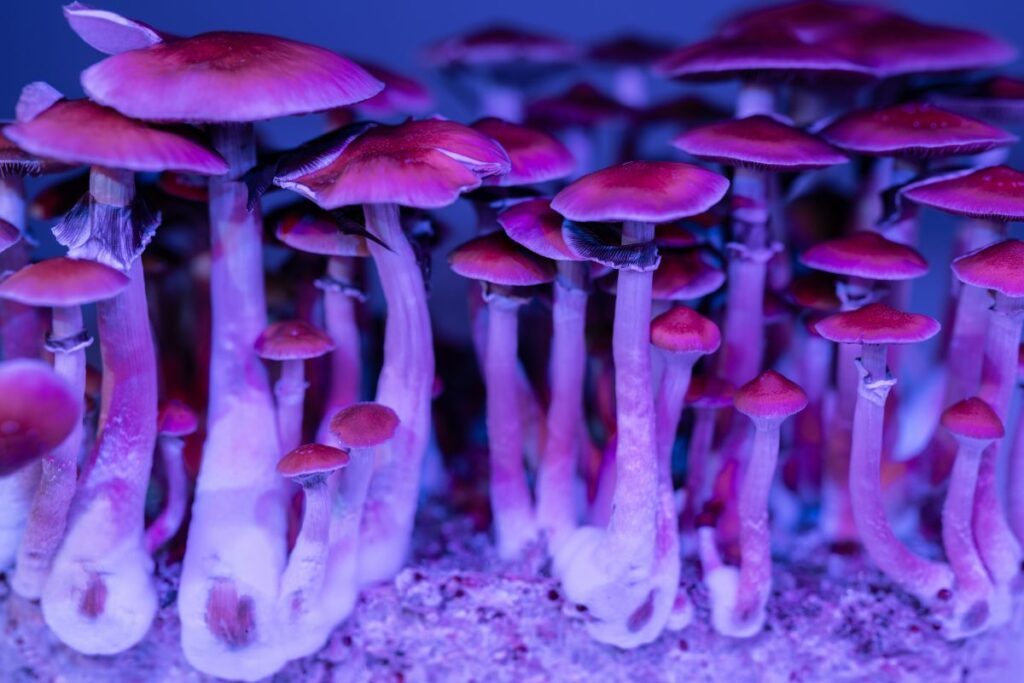
Golden Teacher
Golden Teacher mushrooms, easily identified by their golden caps with specks of yellow, are favored by cultivators for their reliable grow patterns. This strain is appreciated for its moderate potency and offers insightful, reflective experiences, which is how it earned its name.
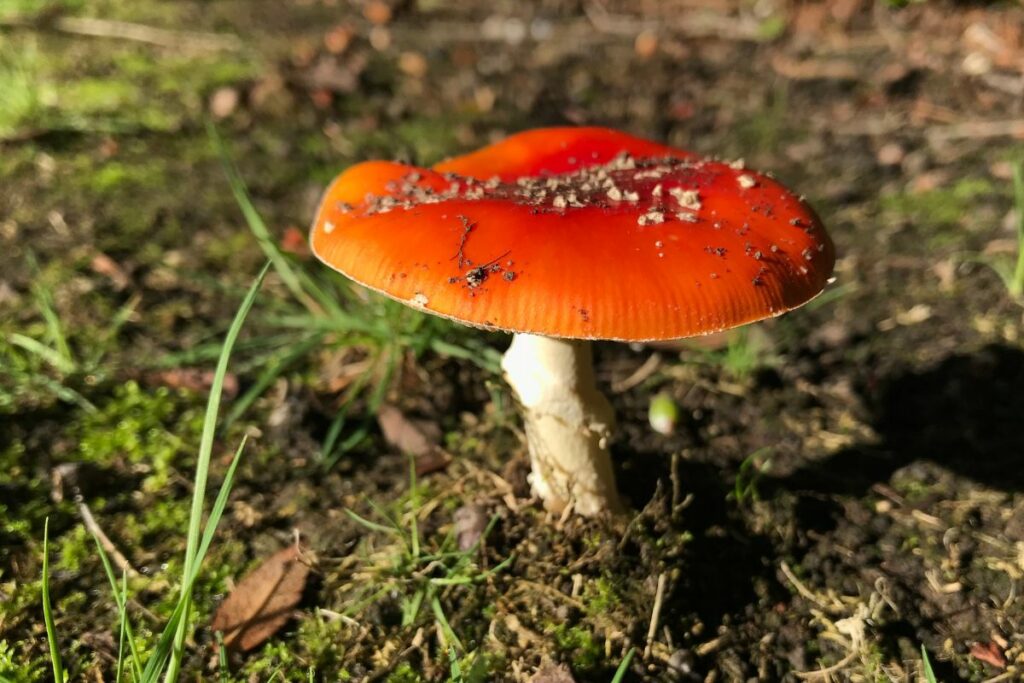
B+
The B+ strain is a versatile cube that stands out for its high adaptability to various environments, proving it to be a robust and reliable choice for cultivators. It produces sizable mushrooms, even under non-ideal conditions, and is noted for the longevity of its grow cycle.
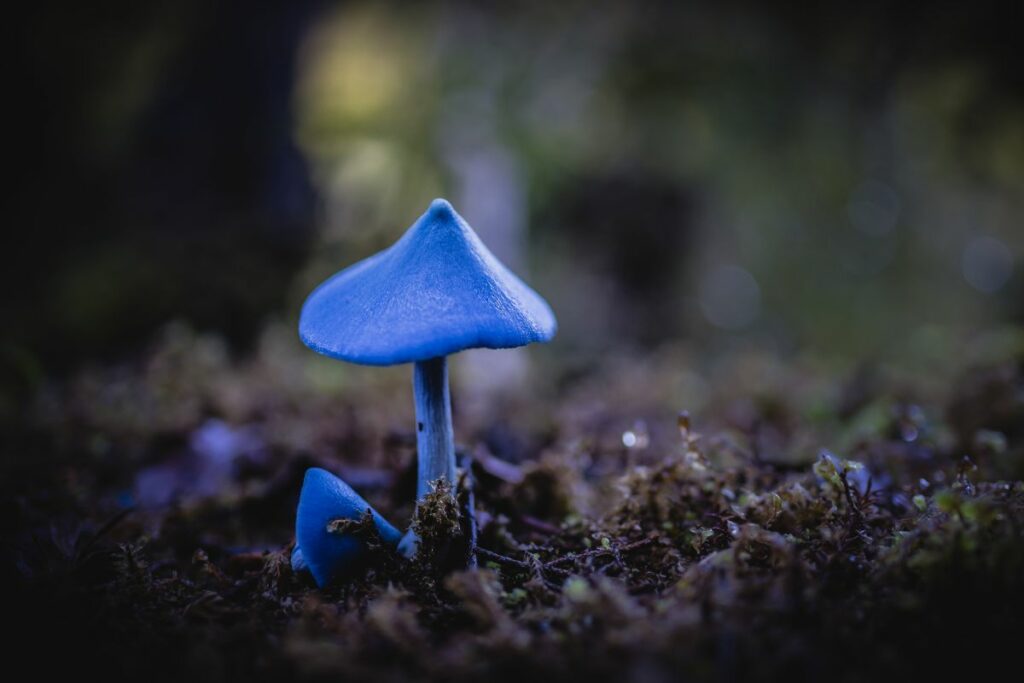
Blue Meanie
Blue Meanie is a common name that can cause some confusion, as it refers to both a Panaeolus cyanescens strain, which is not a cube, and a highly potent variety of Psilocybe cubensis. The cubensis variant of Blue Meanie is known for its abundant fruiting and intense bluish bruising on the mushrooms when handled or bumped.
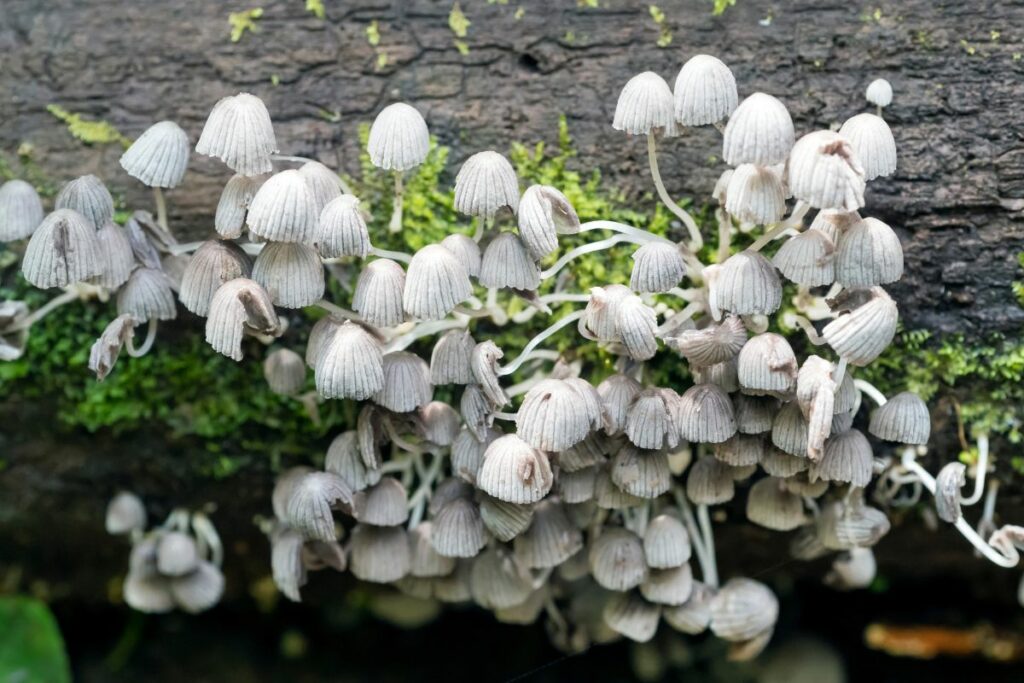
Amazonian
The Amazonian strain, a robust cube variety, originates from the Amazon rainforest and is acclaimed for producing large fruiting bodies with thick stems. It’s another potent option, offering users a powerful and often quite visual psychedelic experience.
Cultivation Techniques
When engaging with the cultivation of Psilocybe cubensis, precise methods can impact colonization speed and overall yield. From home cultivation practices to understanding spores and substrates, each step plays a crucial part in successful mycelium development.
Home Cultivation
For optimal growth at home, you need a clean, controlled environment to minimize contamination risk. Start by preparing a sterile workspace and sterilize your tools and hands before handling any materials. Use a pressure cooker to sterilize grain jars which will serve as your initial growth platform. It’s important to monitor humidity and temperature closely, as Psilocybe cubensis thrives in a humid environment around 75°F (24°C). In-home cultivation, the lemon tek method is sometimes applied post-harvest to potentiate effects but is unrelated to the cultivation process itself.
Spore Print and Spores
Acquiring spores is the first step in mushroom cultivation. Spores are generally collected from mature mushrooms using the spore print technique, which involves placing the cap on a piece of paper or glass to allow spores to fall out. Spore syringes, containing a solution of spores and sterile water, are then utilized for inoculation. Ensure you use spores from a reputable source to guarantee the correct Psilocybe cubensis strain.
Substrate and Mycelium
The substrate is the nutrient-rich material on which your mycelium will grow. Common substrates include brown rice flour mixed with vermiculite and water (often referred to as BRF cakes) or whole grains like rye or millet. The substrate must be properly pasteurized to prevent contamination. After inoculation, the colonization speed varies, typically spanning several weeks. During this period, mycelium will colonize the substrate, which is an indication of healthy growth, and should appear as white, thread-like structures spreading through the substrate.
Legality and Ethics
When considering Psilocybe cubensis, it is crucial to understand the varying legal implications and ethical considerations surrounding its use. This section informs you of the legal landscape worldwide and the importance of conservation and sustainability regarding these species.
Legal Status Worldwide
United States: Psilocybin-containing mushrooms, which include P. cubensis strains, are classified as Schedule I substances under the Controlled Substances Act. This means their possession, sale, and cultivation are illegal at the federal level. Some cities and states are moving towards decriminalization, but the substance remains illegal under federal law.
Canada: Similar to the U.S., psilocybin mushrooms are listed under Schedule III of the Controlled Drugs and Substances Act, making them illegal to sell, possess, or produce without a prescription or license.
Europe: The legality of P. cubensis varies significantly. For example:
- The Netherlands allows the sale of “magic truffles,” but the mushrooms themselves are banned.
- In the Czech Republic, the possession of small amounts of psilocybin mushrooms is decriminalized.
- In the UK, they are Class A drugs and are illegal to possess or sell.
Australia: Here, P. cubensis is classified as a Schedule 9 substance, reflecting its illegal status for personal use.
South America: The legality varies by country, with some, like Brazil, allowing personal use and possession, while others, like Argentina, deem any activities relating to psilocybin mushrooms illegal.
Conservation and Sustainability
- Conservation: P. cubensis is not considered an endangered species; however, ethical considerations dictate responsible use to ensure sustainability and environmental protection.
- Sustainability: Overharvesting and habitat destruction pose risks. Cultivation should be conducted in controlled environments to minimize impact on wild populations and ensure that natural ecosystems remain balanced and undisturbed.
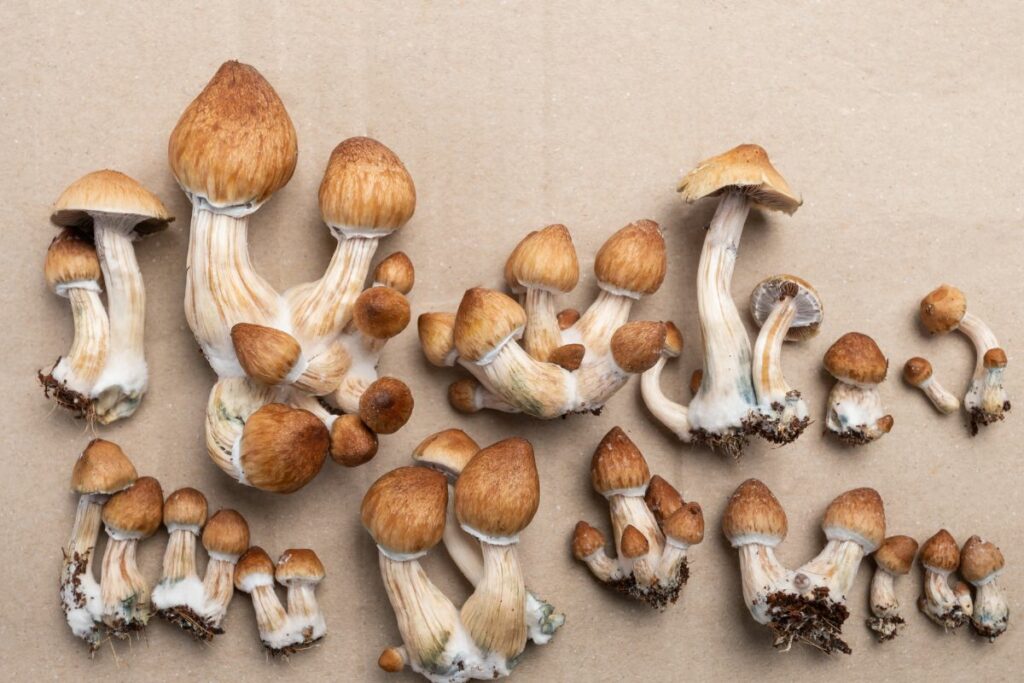
Psilocybe Varieties Beyond Cubensis
While Psilocybe cubensis is widely known for its ease of cultivation and widespread use, the psilocybin mushroom realm extends far beyond this popular strain. In your exploration of psychedelic fungi, you’ll discover species such as Panaeolus cyanescens, Psilocybe azurescens, and Psilocybe semilanceata, each offering unique characteristics in potency, habitat, and morphology.
Panaeolus Cyanescens
Panaeolus cyanescens, also known as “Blue Meanies,” distinguish themselves with a higher potency of psilocybin and psilocin compared to P. cubensis. These mushrooms thrive in tropical and subtropical climates and are often found in dung-rich pastures, preferring the nutrients found in manure to flourish. They are characterized by slender stems and caps that are modest in size but offer a strong experience.
Psilocybe Azurescens
Moving to the Pacific Northwest, you encounter Psilocybe azurescens—one of the most potent psilocybin mushroom species. Recognizable by its larger, caramel-colored cap and propensity for growing in sandy soils, particularly along coastlines, P. azurescens demands respect for its strength. This species reaches its peak potency during the cold months of November and December.
Psilocybe Semilanceata
Lastly, Psilocybe semilanceata, commonly known as the “Liberty Cap,” is famous for its widespread appearance across grasslands in Europe and North America. Its distinctive pointed cap makes it readily identifiable. While they have a lower psilocybin content than P. azurescens, their widespread availability makes them a popular choice among foragers.
In your journey with psilocybin mushrooms, you will find that these species, each with their unique attributes, form a diverse and complex tapestry of psychedelic experiences that go well beyond the common Psilocybe cubensis.
Practical Information for Enthusiasts
When venturing into the world of Psilocybe cubensis, selecting the right strain is crucial for beginners. Your goal is to find varieties that are not only easy to cultivate but also offer a desirable balance between yield and the effects you seek, whether that be a euphoric high or an introspective journey.
Selecting Strains for Beginners
- PF Classic: Ideal for those starting out, this strain is known for its straightforward cultivation process and moderate yield. It’s a reliable choice for first-time growers.
- Mazatapec: A strain with a history, it is forgiving to cultivate and is renowned for its profound, introspective effects.
- Orissa India: This strain tends to produce large mushrooms and can offer abundant yields, making it rewarding for beginners eager to see substantial results from their efforts.
Effects on Mindset and Experience
- Euphoric vs. Introspective: Strains like Mazatapec are celebrated for leading you on a more introspective path, while others might induce a more euphoric state. Your mindset can influence these experiences greatly.
- Anxiety: Be aware that some strains can exacerbate anxiety. It’s critical to start with a strain known for a smoother ride if you are prone to anxiety, easing into the experience with a clear intention.
Advanced Topics in Mycology
In this section, you’ll explore the nuances of Psilocybe cubensis strains, delving into advanced methodologies like cloning and breeding, current psilocybin research, and the mysteries surrounding enigmatic strains.
Cloning and Breeding
As you deepen your knowledge in mycology, cloning and breeding Psilocybe cubensis becomes a vital technique for both preservation and the study of genetic traits. Through cloning, a mycologist duplicates the mycelium of a single mushroom, thus creating genetically identical copies. Breeding, however, usually involves spore mating from different strains to create hybrids with desired traits. For example, the Alacabenzi and B+ cubensis are popular strains that result from such breeding efforts, exhibiting robust growth and larger caps as desirable phenotypes.
Psilocybin Research
The study of psilocybin, a compound found in psychedelic mushrooms, is a rapidly evolving field. Recent research gives hope for medicinal applications, like the alleviation of depression and anxiety. Psilocybin’s properties have led to the development of strains like the Albino Penis Envy and Yeti, which are reputed for their potent effects. Notably, studies like the one wherein the genome of the P. cubensis strain “Penis Envy” was sequenced, push the frontiers of our understanding and open up new possibilities in therapeutic usage.
Enigmatic Strains
The world of psychedelic mushrooms doesn’t cease to astonish with its enigmatic strains that exhibit unique characteristics. The Blob mutation, witnessed in strains like Stargazer and Enigma, deviates from the typical cap-and-stem form, showing amorphous growth instead. Jack Frost, another unique phenotype, commands attention due to its distinct physical attributes and potency. Unraveling the genetic mysteries of these strains continues to be a pivotal part of mycological advancement, ensuring that your insights into the fungal domain are perpetually broadening.

